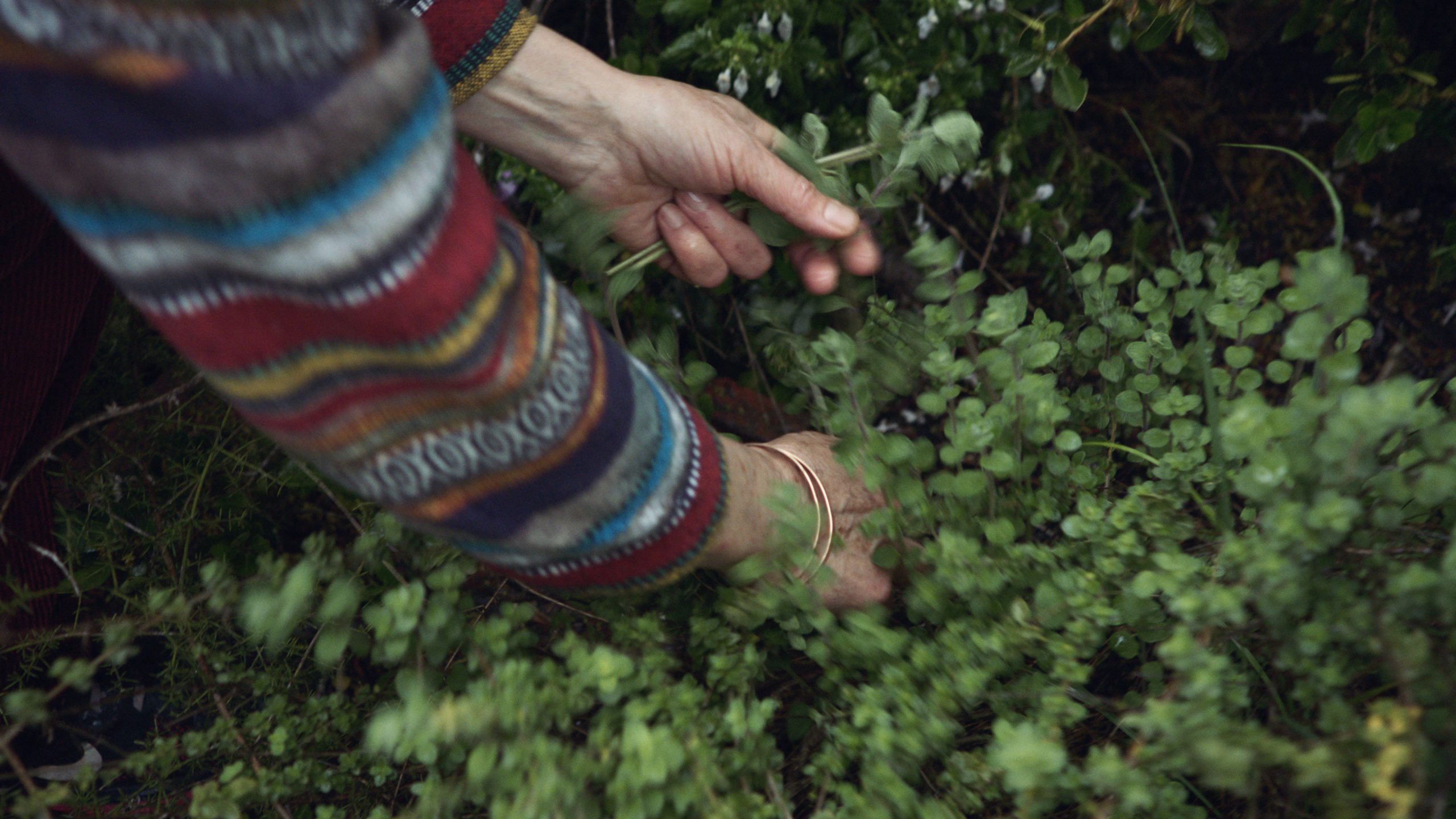In The Butterfly Affect at Turin’s Fondazione Sandretto Re Rebaudengo, 11 artists come together to reinterpret the exhibition’s eponymous theme, which evokes the entropic consequences of our actions in nature.
Our precarious relationship with the botanical world oscillates between two lines of thought. Plants provide food, medicine and shelter, they bring solace and nourishment. For centuries, physic gardeners have made poultices of ground leaves to ease our woes. But we can also see flora as a harbinger of doom: consider the malevolent and carnivorous plants in John Wyndham’s classic 1951 science-fiction novel The Day of the Triffids. We love petals, we hate thorns.
The Butterfly Affect, a new group show at Fondazione Sandretto Re Rebaudengo in Turin, touches on these polar aspects. It also broaches a surprising array of other issues, including notions of desire and gender, the pharmaceuticals industry, race relations and how the botanical realm can find itself caught between the incompatible interests of different communities. The show, co-curated by Irene Calderoni and Bernardo Follini, includes work from 11 international artists and spans painting, sculpture, installations, ceramics and video.
“The artists traverse the natural sciences, with a particular interest in botany, as terrains of conflict governed by dynamics of exploitation and oppression,” notes the curator’s exhibition statement. It’s a fair indication of the gothic pieces on view, from Sharona Franklin’s sculptures of hypodermic syringes and IV drips encased in epoxy resin – sinister medical objects worthy of a David Cronenberg movie – to Zoe Williams’s Algol’s Maid (2021), a glazed ceramic bust of a woman with worm-like tendrils growing out of her mouth and eyes. Both Franklin and Williams present the normal in uncanny forms: Franklin twists a fork into a surgical device; Williams creates Murano-glass eyes with green tears.
The exhibition’s title alludes to a question posed by the American mathematician and meteorologist Edward Norton Lorenz in 1972: “Does the flap of a butterfly’s wings in Brazil set off a tornado in Texas?” Lorenz’s theory, known as the ‘Butterfly Effect’, suggests that small acts can have huge consequences in other places, at other times, and to other people. In light of the present environmental crisis, it’s a pertinent point. However, the works in Turin engage with the theme in unusual ways, from the blunt to the mercurial. There is even a foray into the comically odd, with Rachel Youn’s kinetic sculptures of artificial plants vibrating on massage machines which jiggle and jive at the exhibition entrance.
One of the most effective works, and the most literal illustration of the inadvertent involvement of plants in the follies of humanity, is the video piece Foragers (2022), in which multidisciplinary artist Jumana Manna addresses the impact of the Israeli government’s nature protection laws on the Palestinian population. Filmed at sites across the Golan Heights, Galilee and Jerusalem, and incorporating both fact and fiction, the video follows various characters as they covertly pick and prepare ecologically protected edible herbs, such as the artichoke-like ’akkoub and za’atar (thyme). “For Palestinians, these laws constitute an ecological veil for legislation that further alienates them from their land,” notes Manna. It’s a reflectively paced video that allows for humour in a tale of policing culture and cuisine.
Another effective and moving video work, Dungeness (2008) by Isaac Julien, pays tribute to a very real garden on the south coast of England. In the early 1990s, a makeshift plot of driftwood and sea kale at his beach cottage provided solace for the dying filmmaker Derek Jarman. This intriguing split-screen video collages Jarman’s archive Super-8 film stock with Julien’s elegiac contemporary digital footage (including a scene in which Jarman’s friend and muse Tilda Swinton visits his grave). Here, plants are markers of a final flourishing of spirit.
The variety of media, ranging from the delicate to the sharp, adds to the show’s impact. The exquisite fairy-tale watercolours of Chilean artist and ethnobotanical researcher Patricia Domínguez bely their serious message: compositions of figures, both human and animal, alongside surveillance drones speak of the uncomfortable interaction between technology and natural resources. Meanwhile, the barbed wire works of Lungiswa Gqunta highlight how balletic forms can be made from the harshest of materials. The South African sculptor and visual artist has spun compositions out of barbed wire that are graceful in their gambolling spirals and yet which speak horribly of confinement and constraint.
The issues, often alluded to quietly, are also diverse. Sebastiano Impellizzeri’s strange and ghostly cartographic works on paper – reminiscent of Edvard Munch’s late pastoral paintings – refer to the cruising grounds of gay lovers. Meanwhile, presented in the corridor outside the main galleries, the Brazilian non-binary artist Jota Mombaça presents a conflation of two works, a sculptural installation of water-stained cotton with their video piece, Waterwill (2022). Among other issues, they consider watery sensibilities, climate anxieties and migration. With imagery of sails and ropes and seaweed, combined with gargled, fuzzy audio, an uncomfortable sense of drowning is conjured.
Does this exhibition affect the viewer? As these artists flap their wings, are we disturbed? Largely, yes. Individually, the artists invoke feelings of dismay, sympathy and curiosity. Collectively, they provoke an overwhelming sense of a moment in time when humanity is becoming disconnected, both with the natural world and to itself.
The Butterfly Affect runs until 15 October 2023



